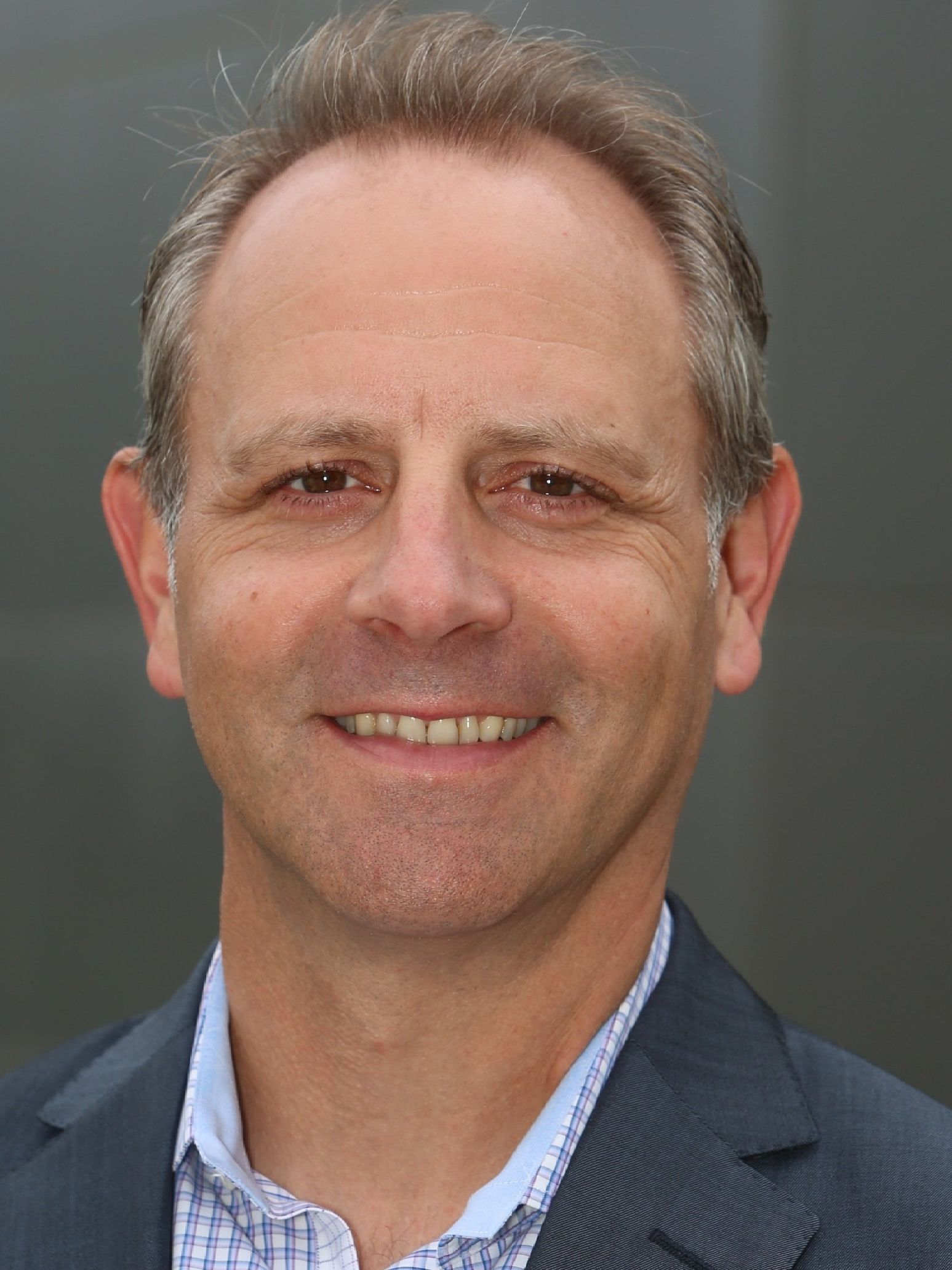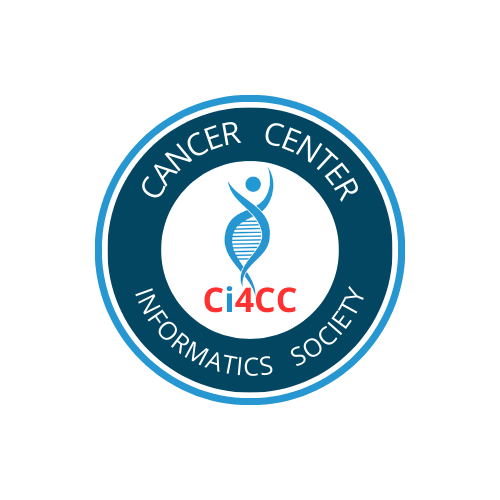F.D.A. Approves Second Gene-Altering Treatment for Cancer
The Food and Drug Administration on Wednesday approved the second in a radically new class of treatments that genetically reboot a patient’s own immune cells to kill cancer.
The new therapy, Yescarta, made by Kite Pharma, was approved for adults with aggressive forms of a blood cancer, non-Hodgkin’s lymphoma, who have undergone two regimens of chemotherapy that failed.
The treatment, considered a form of gene therapy, transforms the patient’s cells into what researchers call a “living drug” that attacks cancer cells. It is part of the rapidly growing field of immunotherapy, which uses drugs or genetic tinkering to turbocharge the immune system to fight disease. In some cases the treatments have led to long remissions.
“The results are pretty remarkable,” said Dr. Frederick L. Locke, a specialist in blood cancers at the Moffitt Cancer Center in Tampa, and a leader of a study of the new treatment. “We’re excited. We think there are many patients who may need this therapy.”
He added, “These patients don’t have other options.”
About 3,500 people a year in the United States may be candidates for Yescarta. It is meant to be given once, infused into a vein, and must be manufactured individually for each patient. The cost will be $373,000.
The treatment was originally developed at the National Cancer Institute, by a team Dr. Steven Rosenberg led. The institute entered an agreement with Kite in 2012, in which the company helped pay for research and received rights to commercialize the results.
Largely on the strength of the new treatment and related research, the drug giant Gilead purchased Kite in August, for $11.9 billion.
“Today marks another milestone in the development of a whole new scientific paradigm for the treatment of serious diseases,” the F.D.A. commissioner, Dr. Scott Gottlieb, said in a statement. “In just several decades, gene therapy has gone from being a promising concept to a practical solution to deadly and largely untreatable forms of cancer.”
Side effects can be life-threatening, however. They include high fevers, crashing blood pressure, lung congestion and neurological problems. In some cases, patients have required treatment in an intensive care unit. In the study that led to the approval, two patients died from side effects. Doctors have learned to manage them better, but it takes training and experience.
Partly for that reason, Yescarta, like Kymriah, will be introduced gradually, and will be available only at centers where doctors and nurses have been trained in using it.
“Ten to 15 authorized institutions will be ready to go at the time of the launch,” a spokeswoman for Kite, Christine Cassiano, said. “In 12 months, we expect to have 70 to 90. There’s a lot that goes into it, making sure each institution is ready to go.”
Companies have been racing to develop new forms of immunotherapy. The first cell-based cancer treatment — Kymriah, made by Novartis — was approved in August for children and young adults with an aggressive type of acute leukemia. It will cost $475,000, but the company has said it will not charge patients who do not respond within the first month after treatment. Novartis is expected to ask the F.D.A. to approve Kymriah for lymphoma and other blood cancers as well, and may vary its price depending on how well it works for those diseases.
Kite also plans to seek approval for other blood cancers, but does not plan to vary Yescarta’s price, said Ms. Cassiano.
The company also hopes that Yescarta will eventually be approved for earlier stages of lymphoma, rather than being limited to patients with advanced disease who have been debilitated by multiple types of chemotherapy that did not work, said Dr. David D. Chang, Kite’s chief medical officer and executive vice president for research and development.
“This is the beginning of many developments in cell therapy in the next few years,” Dr. Chang said in an interview.
He said the F.D.A. had “embraced” the concept of cell therapy, designating it a breakthrough and accelerating the approval process to speed its availability to cancer patients, many of whom do not have time to wait.
Kite and Novartis also hope to produce cell therapies for so-called solid tumors — like those of the lung, prostate, breast and colon — which account for about 90 percent of all deaths from cancer.
Before it was approved and named Yescarta, Kite’s treatment was known by other names: axi-cel, axicabtagene ciloleucel, or KTE-C19.
The study that led to approval enrolled 111 patients at 22 hospitals; 101 of them received Yescarta. They had one of three diseases: diffuse large B-cell lymphoma, primary mediastinal B-cell lymphoma or transformed follicular lymphoma.
Initially, 54 percent had complete remissions, meaning that their tumors disappeared. Another 28 percent had partial remissions, in which tumors shrank or appeared less active on scans. After six months, 80 percent of the 101 were still alive.
With a median follow-up of 8.7 months, 39 percent of the 101 were still in complete remission — a much higher rate than achieved with earlier treatments — and 5 percent still had partial remissions.
“Many patients were seriously contemplating their own mortality,” said Dr. Caron A. Jacobson, who helped conduct the study at the Dana-Farber Cancer Institute and Brigham and Women’s Cancer Center in Boston. “We would be talking to them about other clinical trials, but also about hospice care and quality of life and comfort. You’re really seeing people get their life back. After a couple weeks in the hospital and a couple weeks at home, they go back to work. On its face, it’s quite remarkable and revolutionary.”
The treatment requires removing millions of a patient’s T-cells — a type of white blood cell that is critical to the immune system — freezing them and shipping them to Kite to be genetically engineered to kill cancer cells. The process reprograms the T-cells to attack B-cells, normal parts of the immune system that turn malignant in certain blood cancers. The revved-up T-cells — now known as “CAR-T cells” — are then frozen again and shipped back to the hospital to be dripped into the patient. The turnaround time is about 17 days.
Kite’s cell-processing facility, in El Segundo, Calif., can provide the treatment for 4,000 to 5,000 patients a year, Ms. Cassiano said, adding that the company has applied for approval in Europe, and if it is granted, will probably build a plant there.
Tina Bureau, a fifth-grade teacher from Queensbury, N.Y., was one of the lymphoma patients in the study. Previously, she’d had several types of chemotherapy.
“The cancer would shrink but then it would come right back,” she said.
Last spring, she had the T-cell treatment at the Dana-Farber Cancer Institute and Brigham and Women’s Hospital in Boston. The side effects were ferocious.
“You don’t even recognize your family members,” Ms. Bureau said. “I had some bleeding on my brain, and had to be put in intensive care. The week it was happening, I don’t remember a lot. It was much more difficult for my family than me.”
Within a month, she had a complete remission, which has continued. She is back at work, full time.
“Yes, it can pose life-threatening problems,” Ms. Bureau said. “But when you’re in a situation where your life’s threatened anyway, I don’t feel you have anything to lose.”
Share this Article with others





